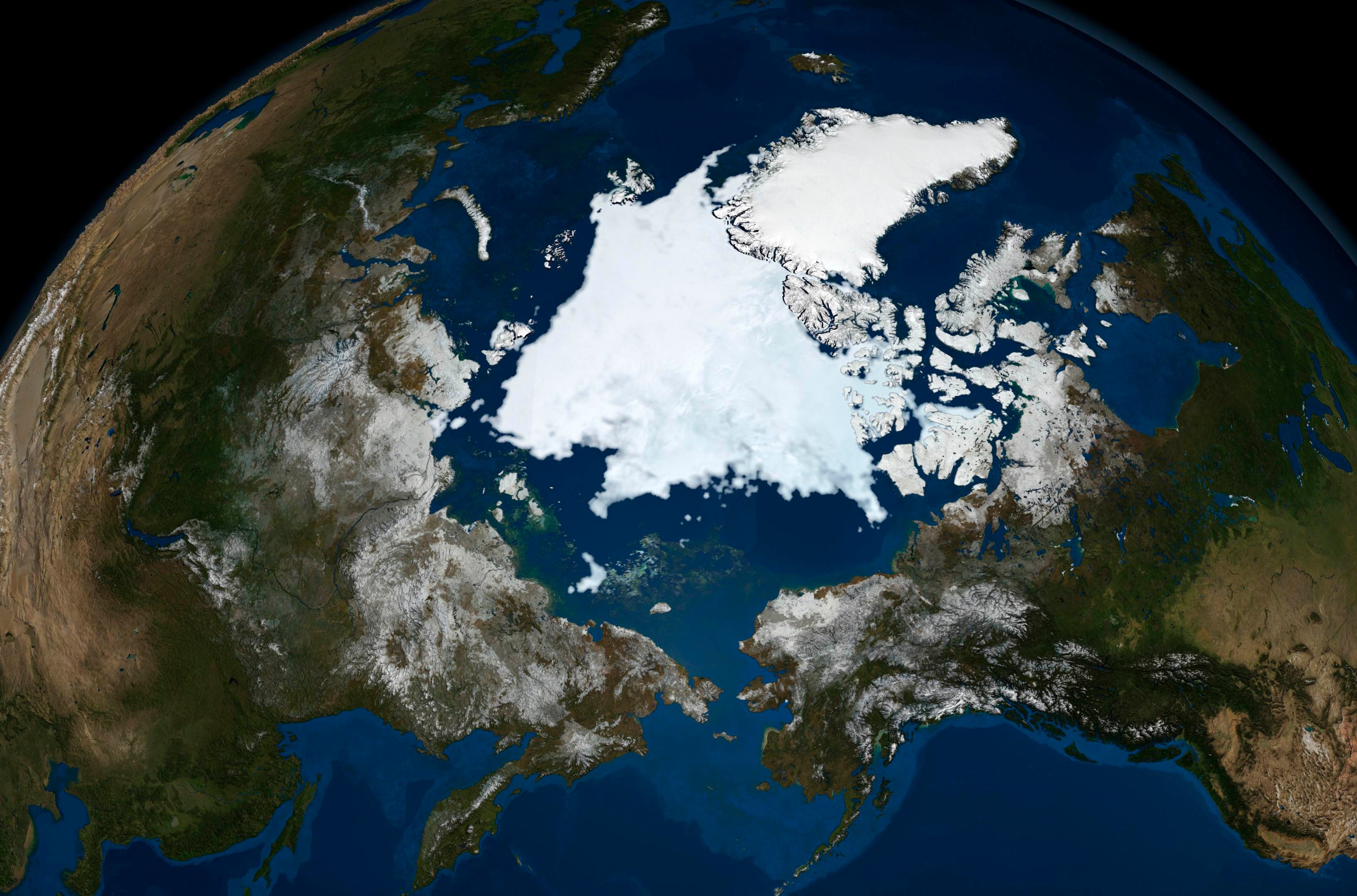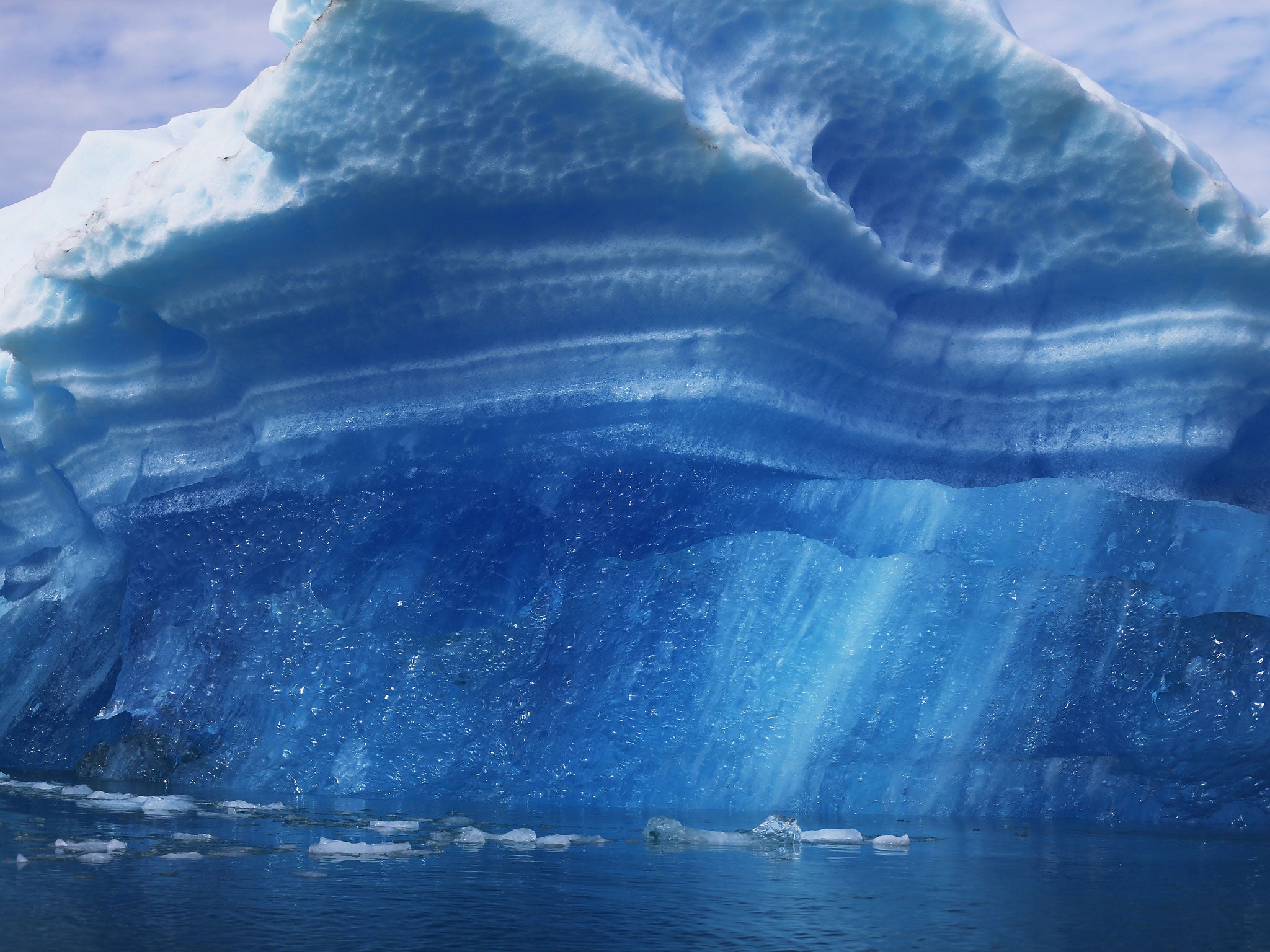
Scientists have sounded the alarm over Arctic sea ice levels after researchers reported much of the region had not yet started to refreeze by late October, the latest date since records began.
The delay in ice formation is blamed on a period of unusually warm weather in northern Russia.
Conservationists have warned that a lack of sea ice is not just a gloomy portent of climate change but could affect sea life as drifting ice carries with it nutrients for Arctic plankton.
Zachary Labe, a climate scientist at Colorado State University, who shared the data in a series of graphs, said the Arctic was experiencing an “historic event” and that the extent of sea ice was “currently the lowest on record for the date”.
He said: “The amount of open water this fall is absurd. We have to pay attention to these climate change indicators.”
Arctic sea ice normally reaches its low point in September and its highest in March after the winter.
Mr Labe said September sea ice thickness was also below average across almost the entire Arctic Ocean, compared to the 1981-2010 average.
Ice formation in Siberian Arctic has slowed significantly in recent years, with 2020 the worst year and 2018 the next worst in terms of the extent of the frozen surface.
According to scientists, a Siberian heat wave last spring and a natural Arctic climate phenomenon are to blame as well as the worldwide warming from the burning of coal, oil and natural gas.
Temperatures for much of the year were eight to 10 degrees Celsius above normal in the Siberian Arctic.
In September, the US National Snow and Ice Data Centre reported that ice covered just 3.74 million square kilometres of Arctic waters at its lowest point this summer — only the second time on record (the other year being 2012) that this had dropped below 4 million square kilometres.

In the 1980s, the ice cover was about 2.7 million square kilometres bigger than current summer levels.
Studies show that the warming of the Arctic and the melting of sea ice change weather further south, by altering the jet stream and other waves that move weather systems.







